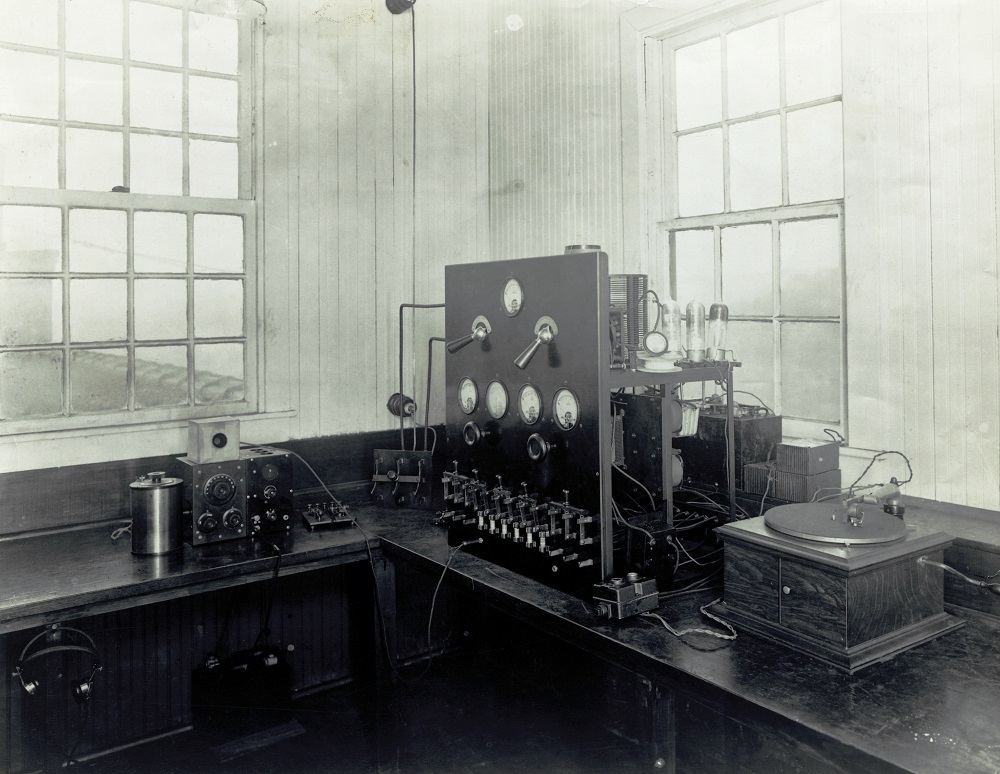For many of us currently enjoying the amateur radio hobby, we got our start by doing some Short Wave Listening, or even some Broadcast Band using an old tube type radio, with makeshift antennas. In my case, it was an old console radio salvaged from my Grandmothers house, that was in need of some TLC and a decent antenna. I recall tuning the broadcast band, to see where the farthest station I could pull in, was located. KDKA was like real “DX” for a fledging Short Wave Listener.

Pittsburgh radio station KDKA will celebrate 100 years of radio broadcasting in November, and Pennsylvania radio amateurs will honor that milestone in a multi-station special event. KDKA dates its broadcasting history to the airing of the Harding-Cox presidential results on November 2, 1920, and the station has been on the air ever since. The special event, which will involve the operation of four stations, will run through the entire month of November.

Special event stations K3K, K3D, K3A, and W8XK will set up and operate at several locations in Pennsylvania during November. Stations will determine their own modes and schedules. Visit the W8XK profile on QRZ.com for information on certificates and QSLs.
During World War I, amateur radio operation was suspended due to national security concerns. After the war, 8XK was reorganized as a commercial AM radio station, KDKA. The first transmissions of KDKA originated in a makeshift studio on the roof of Westinghouse K Building in East Pittsburgh.
Ham radio clubs participating in the centennial special event include the North Hills Amateur Radio Club in Pittsburgh — which is planning to operate from KDKA’s 1930s’ transmitter site, where an original tower pier still stands. A 1920s’ transmitter site, in Forest Hills, will serve as another operating location. In addition to the North Hills ARC and Skyview Radio Society, other clubs taking part include the Panther Amateur Radio Club, Steel City Amateur Radio Club, the Wireless Association of South Hills, the Butler County Amateur Radio Public Service Group, and the Washington Amateur Communications Radio Club.
Take a minute to share any of your experiences or thoughts of Broadcast Band listening, or Shortwave Listening in the Comment section of this post.
Source: ARRL News and Radio World
Kevin – N1KL Website Administrator